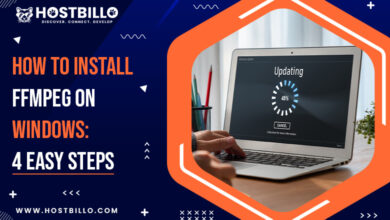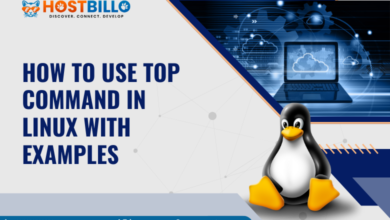How to Install Node js on Windows: A Step-by-Step Tutorial
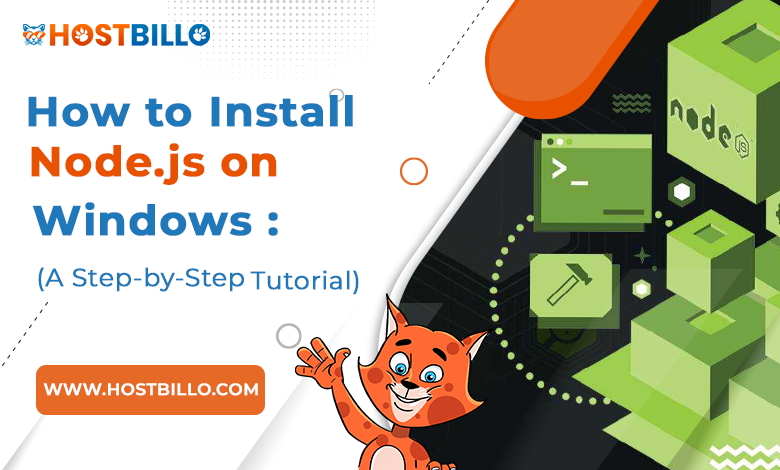
Introduction
Node.js serves as a run-time environment that encloses every element you require to conduct a program written in JavaScript. People employ node.js to operate scripts on the web server to render content before it gets delivered to a web browser. Further, NPM is an acronym for Node Package Manager, which serves as an application & repository to develop & share JavaScript code. Under this guide, you will get insights into how to install node js on Windows. At the same time, you will learn the installation of NPM (Node Package Manager) on a Windows system. Further, we have also highlighted the steps you can take to update and uninstall Node.js on Windows as and when required. Dig into the segments below to gather all the vital details.
System Requirements
Before you know how to install node js on Windows, you must ensure that you meet the following prerequisites –
- A user account with administrator privileges or the capability to download as well as install software
- Accessibility to the command line of Windows (search > cmd > right-click > run as administrator) Or Windows PowerShell (Search > Powershell > right-click > run as administrator)
Also, you must make sure to fulfill the following hardware & software necessities in order to install node.js and npm on Windows –
Hardware Needs
- At least 4GB of RAM
- CPU Intel Core i3TM i3 HQ CPU @2.50 GHz
- At least 256 GB of ROM
Software Needs
- Chocolatey
Step-by-Step Process to Install Node.js and NPM on Windows (Windows 10)
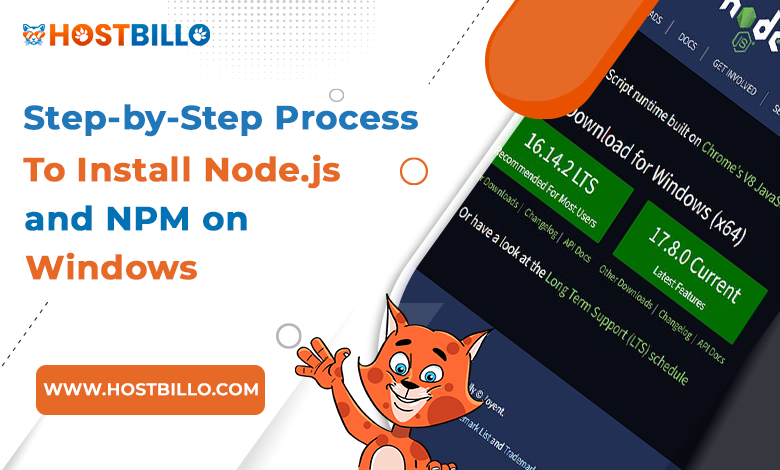
The below-mentioned are the precise steps you can follow up to readily install node.js and npm on Windows. Let’s take a quick glimpse at them!
Step 1: Download Node.js Installer
In the very first step, you are required to navigate to https://nodejs.org/en/download/ in your web browser. After this, you have to click on the button of Windows Installer button for downloading the latest default version of node.js. You must note that the Node.js installer incorporates the NPM package manager.
Also, apart from the latest default version, you can discover the availability of other versions as well. In case you are currently operating with an older system, you might need to download the 32-bit version of node.js. On the other hand, you can also employ the top link in order to switch from the stable LTS version to the current version. Whereas in case you are new to Node.js or do not require a particular version of Node.js, your ideal choice should be LTS.
Step 2: Install Node.js and NPM from Browser
In the second step, you need to implement the following actions –
1. As soon as the installer completes downloading, you need to launch it. For this, you have to open the link of downloads in your web browser and click on the file. Or, you can also browse to the location where you must have saved the file and then, double-click it for launching.
2. The system will further prompt you if you wish to run the software. You need to click Run.
3. Next, the Node.js Setup Wizard welcomes you and you can click on Next.
4. A screen pops up on which you must review the license agreement. Once you finish reviewing, you can click on Next if you have no issues with the terms. Then, you can install the software.
5. The installer asks you for the location of the installation. You can go ahead with the default location unless you have a distinctive requirement to install it at some specific location. You can then click on Next.
6. The wizard enables you to choose the components that you may enclose or dismiss from the installation. Again, unless you have a particular requirement, you can accept all the defaults by clicking on Next.
7. At last, you need to click on the button of Install for running the installer. Once the installation terminates, you can click on Finish.
Step 3: Verify Installation
In the final step, you must ensure the installation is done when you attempt to install node.js and npm on Windows.
For this, you can open a command prompt (or PowerShell), and implement the following command:
After executing this command, your system must display the Node.js version you installed on your system. This confirms that your actions to install node js on Windows were successful.
Moreover, you can do the same verification for NPM by executing the following command:
Recommended: How to Install Node.js on Ubuntu: A Step-by-Step Tutorial
How to Uninstall Node .js?
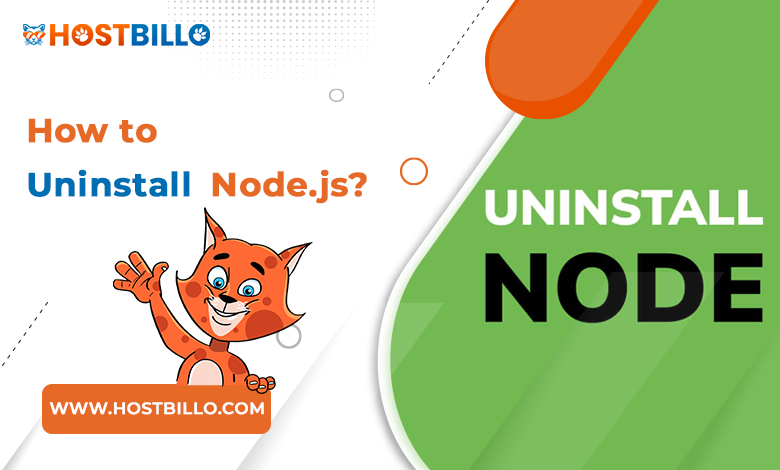
Here are the steps you can quickly follow in case you are required to uninstall Node.js from the Control Panel in Windows –
Step 1: In the first step, you have to click the Start button and go to Settings (gear icon) and then click on Apps.
Step 2: Further, you have to scroll down to locate Node.js and then, click to highlight.
Step 3: In the last step, you can simply select Uninstall. A wizard is launched in order to uninstall the software.
Also Read: How to Update Node js Version on Windows, Ubuntu, and Mac?
Conclusion
By going through this guide thoroughly, you must have apprehended how to install node js on Windows as well as the NPM package manager. At the same time, this might have made you write your first node.js JavaScript program. Further, the NPM (Node Package Manager) framework enables you to gain access to various different JavaScript solutions. Moreover, you
can reach out to our expert team in case you have any queries or issues during the installation process. Our team makes itself available round-the-clock to provide instant & best solutions.

